خدمة تصميم الدوائر المطبوعة المرنة
South-Electronic
لا تبحث بعيدًا، South-Electronic هو مصدرُك الأول لخدمات تصميم الدوائر المطبوعة المرنة. نضمن لك الحصول على أفضل الحلول من البداية إلى النهاية، بدقة عالية، ومتانة، والالتزام بالمعايير الصناعية.
لماذا تختار South-Electronic؟
-
تصميم مخصص
تصميم مخصص لتلبية احتياجاتك الفريدة.
في South-Electronic، ندرك أن كل مشروع له متطلباته الخاصة. لهذا السبب نقوم بتخصيص خدمات تصميم الدوائر المطبوعة لتلبية متطلباتك الدقيقة، مما يضمن تنفيذ كل تفصيلة وفقًا لمواصفاتك. وهذا يعزز أداء وموثوقية منتجاتك. -
ضمان الرضا
استمتع بالثقة التي تأتي من التعامل مع شركة حاصلة على شهادة ISO9001.
نحن نولي أهمية كبيرة للاتصال الواضح والشفاف ونلتزم بأعلى المعايير، مما يضمن أن الدوائر المطبوعة المرنة الخاصة بك ليست فقط مطابقة ولكن تفوق توقعاتك من حيث الأداء، المتانة، والدقة. -
خدمة متكاملة
عند اختيارنا، تحصل على حل متكامل للدوائر المطبوعة بدءًا من التصميم والنمذجة الأولية وحتى الإنتاج الضخم.
نقدم لك خدمة متكاملة، مما يزيل التعقيد والتكاليف الإضافية الناتجة عن التعامل مع موردين متعددين. -
خدمة شاملة
ستحصل على رضا كامل بفضل معداتنا المتطورة.
لدينا مجموعة واسعة من إمكانيات معالجة الدوائر المطبوعة. بدءًا من التصميم وحتى التسليم، نوفر المعدات والعمليات التي تضمن تنفيذ طلبك بشكل صحيح. -
توصيل سريع
حافظ على جدولك الزمني بفضل أوقات التنفيذ السريعة لدينا.
تضمن عمليات الإنتاج المُبسطة لدينا أوقات تنفيذ سريعة، مما يتيح لك استلام منتجاتك في الوقت المحدد دون أي تأخير.
المشاريع ذات الصلة التي أنجزناها
آراء العملاء
الأسئلة الشائعة
أكثر الأسئلة شيوعًا
أرسل لنا رسالة
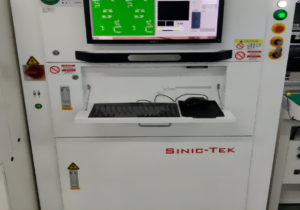
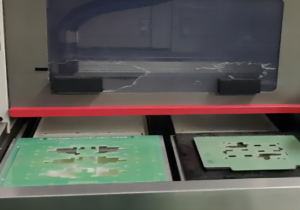
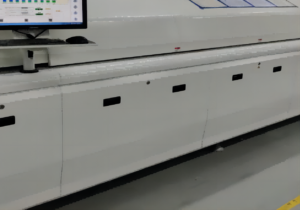
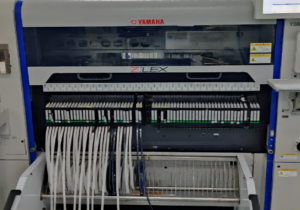
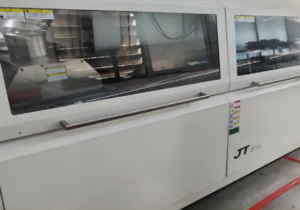
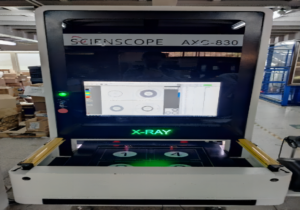

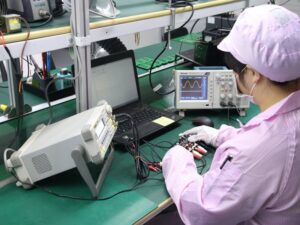

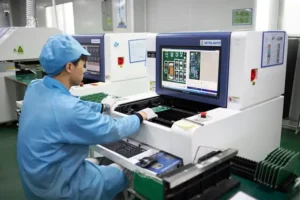



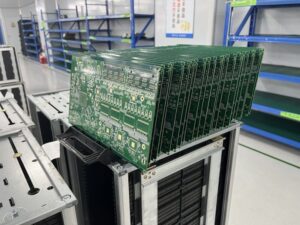

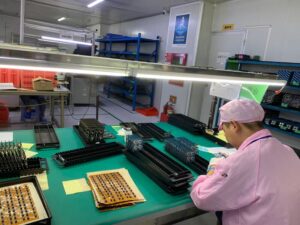



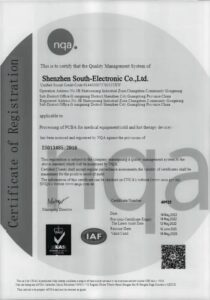
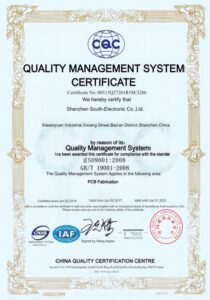







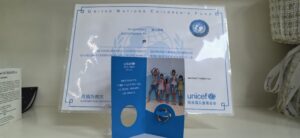

الدليل الكامل لتصميم الدوائر المطبوعة المرنة
المحتويات
الفصل 1
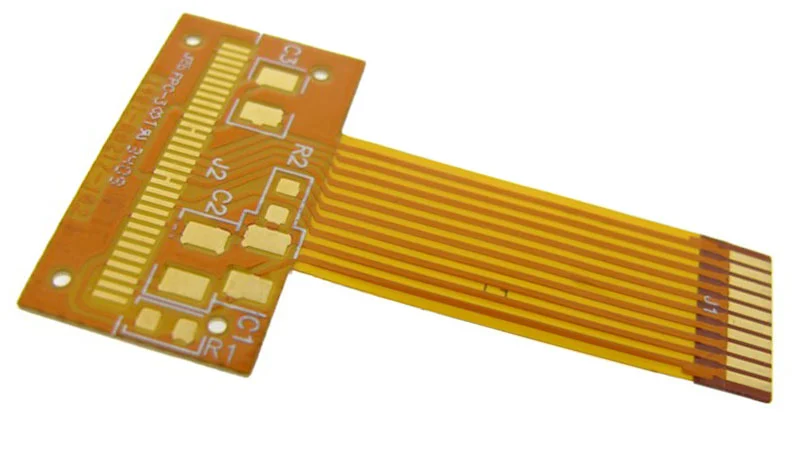
ما هي الدوائر المطبوعة المرنة؟
لماذا يجب عليك استخدام الدوائر المطبوعة المرنة؟
هناك العديد من الأسباب لاستخدامها. أولًا، تتيح تصميم أجهزة إلكترونية أصغر حجمًا وأخف وزنًا، مما يعني أنه يمكنك تطوير منتجات أكثر أناقة وسهولة في الاستخدام. ثانيًا، تتميز هذه الدوائر بموثوقية أعلى، حيث إنها أقل عرضة للتلف بسبب قلة الوصلات القابلة للفشل. هذا أمر مهم للغاية، لأن الدوائر الصلبة غالبًا ما تعاني من انقطاع الاتصالات بسبب الحركة المستمرة للوحة. ثالثًا، التكلفة أقل، حيث تقل الحاجة إلى عدد كبير من الموصلات والمواد، مما يؤدي إلى توفير في تكاليف الإنتاج والخامات.نظرة عامة على التطبيقات
بدءًا من الإلكترونيات الاستهلاكية وصولًا إلى قلب هندسة الفضاء، فإن تطبيقات الدوائر المطبوعة المرنة واسعة النطاق. في حياتك اليومية، تلعب دورًا أساسيًا داخل الهواتف الذكية، الكاميرات المتطورة، والأجهزة القابلة للارتداء مثل أجهزة تتبع اللياقة البدنية. في المجال الطبي، تعتبر هذه الدوائر عنصرًا أساسيًا في الأجهزة الطبية القابلة للارتداء والغرسات الطبية الصغيرة والفعالة. كما أنها تُستخدم في قطاع السيارات والطيران، حيث تساهم في جعل الأنظمة أخف وزنًا وأكثر موثوقية، مما يؤدي إلى تحسين الأداء العام وزيادة كفاءة استهلاك الوقود.الفصل 2
المواد المستخدمة في الدوائر المطبوعة المرنة
المواد المستخدمة في الدوائر المطبوعة المرنة
لصناعة إلكترونيات مرنة ومتينة بأفضل شكل ممكن، من المهم معرفة المواد المناسبة. أكثر المواد استخدامًا في الدوائر المطبوعة المرنة هي البولييميد (PI)، فهو يتميز بالمرونة حتى عند تسخينه، كما أنه قوي جدًا. هناك أيضًا البوليستر (PET)، وهو خيار شائع لأنه أرخص تكلفة، مما يجعله مناسبًا عندما تحتاج إلى توفير المال ولا تحتاج إلى أفضل أداء ممكن. أما إذا كنت بحاجة إلى أداء عالي التردد، فإن البوليمر السائل البلوري (LCP) هو الخيار المثالي، حيث يتميز بأفضل الخصائص الكهربائية.
لماذا يعد اختيار المواد أمرًا مهمًا؟
اختيار المادة المناسبة للدوائر المطبوعة المرنة يشبه اختيار أفضل المكونات لتحضير وجبة فاخرة. يمكن أن يؤدي الاختيار الصحيح إلى تحسين جودة المنتج النهائي، بينما قد يؤدي الاختيار السيئ إلى تقليل كفاءته. يؤثر اختيار المادة على مرونة الدائرة، ومتانتها، ومدى تحملها للحرارة، وأدائها الكهربائي. على سبيل المثال، عند اختيار البولييميد، ستكون الدائرة المطبوعة قادرة على تحمل درجات حرارة مرتفعة جدًا، مما يجعلها مثالية للتطبيقات الفضائية والسيارات، حيث تحتاج إلى دوائر تعمل بكفاءة حتى في الظروف القاسية
كيف تؤثر المواد على الأداء؟
المواد التي تختارها لها تأثير مباشر على أداء الدوائر المطبوعة المرنة في الواقع العملي. على سبيل المثال، يتميز البولييميد بثبات حراري ممتاز، مما يجعله مثاليًا للتطبيقات عالية الموثوقية التي تتطلب مقاومة للظروف البيئية القاسية. من ناحية أخرى، فإن استخدام البوليستر قد يوفر تكاليف الإنتاج في الإلكترونيات الاستهلاكية، حيث لا تكون الظروف القاسية عاملاً رئيسيًا، ولكن هذا يأتي على حساب مقاومة الحرارة والمتانة. معرفة خصائص هذه المواد يساعدك على تصميم دوائر مطبوعة مرنة تلبي احتياجاتك الخاصة، مما يضمن الأداء الأمثل والموثوقية في جميع التطبيقات.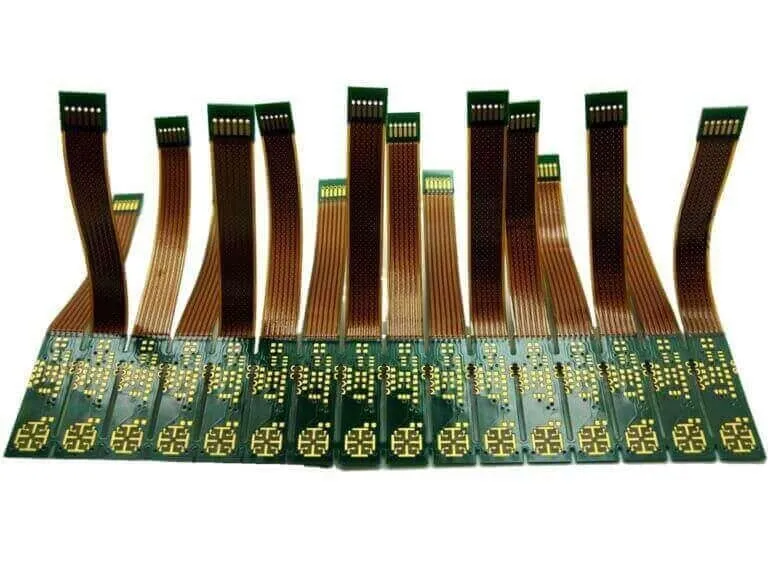
الفصل 3

مبادئ تصميم الدوائر المطبوعة المرنة
مبادئ التصميم الأساسية
تصميم الدوائر المطبوعة المرنة يشبه تصميم الهندسة المعمارية، ولكن بدلاً من بناء هيكل ثابت، تقوم بتصميم هيكل يمكنه الانحناء والتكيف. يجب أن تفهم خصائص المواد، مثل مدى مرونتها ومتانتها. كما يجب عليك استخدام المساحة بكفاءة، مما يعني جعل اللوحة صغيرة قدر الإمكان دون ازدحام المكونات، حيث يمكن أن يؤدي ذلك إلى ارتفاع درجة الحرارة والتداخل الكهربائي.العوامل الرئيسية في تصميم الدوائر المطبوعة المرنة
عند تصميم لوحة دوائر مطبوعة مرنة، عليك مراعاة موقع المكونات بالنسبة إلى مناطق الانحناء، والتأكد من أن نصف قطر الانحناء كبير بما يكفي حتى لا تتعرض المادة للإجهاد أو الكسر. كما يجب أن يكون سُمك اللوحة متناسقًا عبر مناطق الانحناء لتجنب نقاط الضعف. يعتمد مستوى المرونة أو الصلابة المطلوب على نوع المادة المستخدمة والبيئة التي سيتم استخدامها فيها.تجنب الأخطاء الشائعة في التصميم
من الأخطاء الشائعة عند تصميم الدوائر المطبوعة المرنة هو عدم مراعاة الإجهادات الميكانيكية التي ستتعرض لها اللوحة أثناء الاستخدام. يجب تصميم اللوحة بحيث يمكنها الانحناء المتكرر دون تعريض أي نقطة لضغط زائد. كما يجب تجنب وضع الفتحات (Vias) أو المكونات بالقرب من مناطق الانحناء، حيث يمكن أن يؤدي ذلك إلى كسرها أو فقدان وظيفتها إذا تعرضت للانحناء الشديد.الفصل 4
تخطيط الدائرة ووضع المكونات
نصائح لتخطيط الدوائر
عند تخطيط الدوائر على لوحة الدوائر المطبوعة المرنة (Flex PCB)، فكر في كل مسار وكل مكون كجزء من لغز أكبر يجب أن يتناسب تمامًا مع مساحة محدودة. استخدم تقنية HDI لتقليل المساحة وزيادة الوظائف. قم بتخطيط مسارات الإشارات بعناية لتجنب التداخل الكهرومغناطيسي (EMI) وضمان تواصل نظيف وواضح داخل جهازك.نصائح لتخطيط الدوائر
تذكر أن وضع المكونات لا يتعلق فقط بتوفير المساحة، بل يتعلق أيضًا بتحسين الأداء وطول عمر الدائرة. تجنب وضع المكونات الحساسة في المناطق القابلة للانحناء لتفادي التعرض للإجهاد الميكانيكي. استخدم تقنيات اللوحات المرنة الصلبة (Rigid-Flex) لتعزيز الاستقرار للمكونات الثقيلة أو الحساسة التي تتطلب دعمًا إضافيًا.نصائح لتخطيط الدوائر
لزيادة المساحة المتاحة على الدوائر المطبوعة المرنة، فكر بثلاثة أبعاد. استخدم تكامل المكونات رأسيًا حيثما أمكن، لتحقيق الاستفادة القصوى من المساحة المتاحة. لا يساعد هذا النهج في تقليل الحجم الإجمالي فحسب، بل يعزز كفاءة التصميم والأداء العام للإلكترونيات. باتباع هذه المبادئ، ستضمن أن تصميم الدوائر المطبوعة المرنة ليس فقط فعالًا من حيث المساحة، ولكن أيضًا قويًا وموثوقًا، وجاهزًا لتلبية متطلبات التكنولوجيا الحديثة.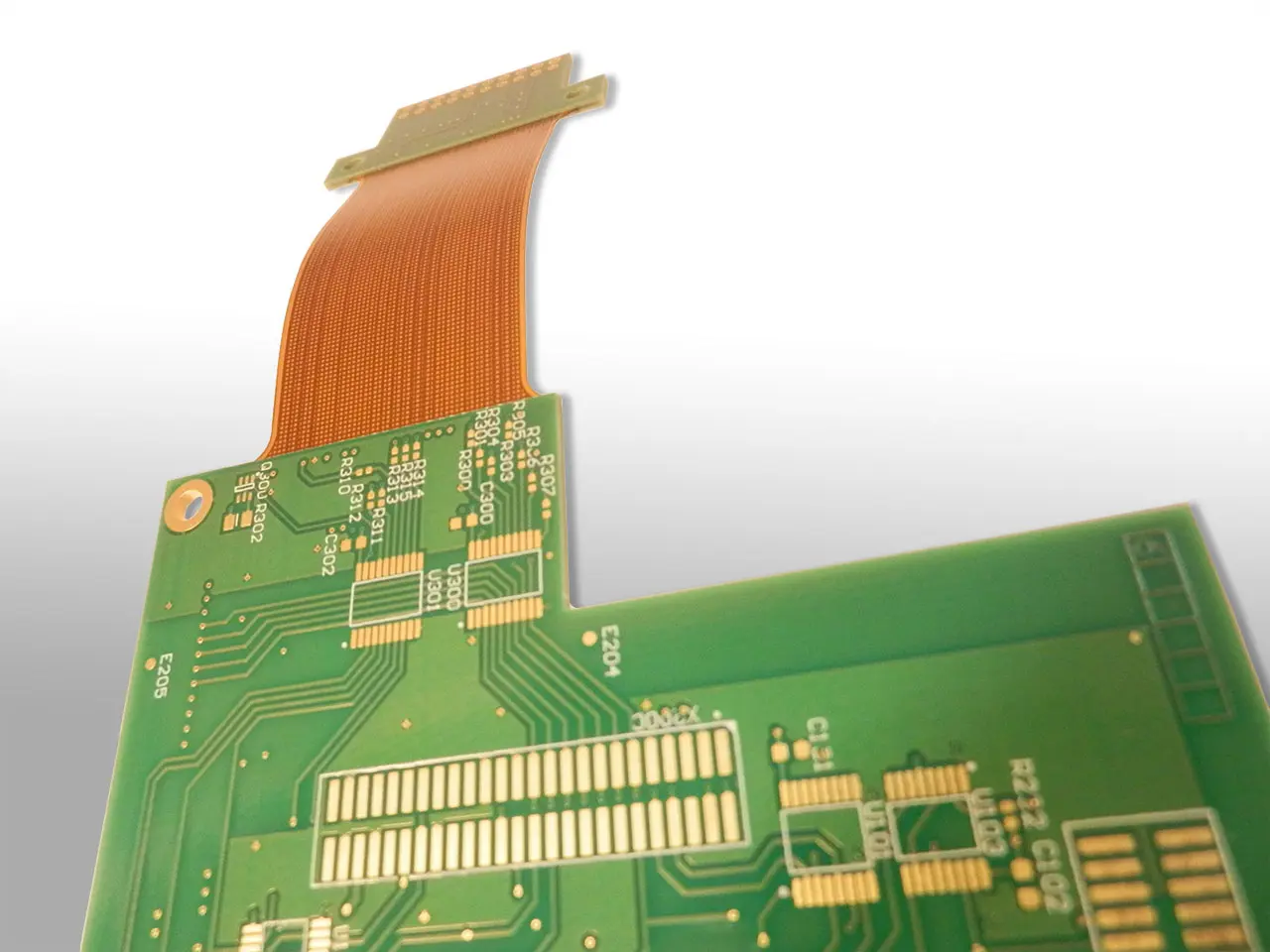
الفصل 5

إدارة الحرارة في الدوائر المطبوعة المرنة
أهمية إدارة الحرارة
يعد التحكم في الحرارة في تصميم الدوائر المطبوعة المرنة (Flex PCB) أمرًا بالغ الأهمية، حيث يمكن أن يكون الفرق بين منتج موثوق وعالي الأداء ومنتج يفشل قبل أوانه. يمكن أن تؤدي الحرارة الزائدة إلى فشل المكونات وتقليل كفاءة الجهاز، مما يقلل من عمره الافتراضي. من خلال إدارة الحرارة بشكل صحيح، لا تقوم فقط بتحسين أداء المنتج، بل تضمن أيضًا دوام كفاءته لفترة أطول.حلول لتوصيل الحرارة
يمكن إدارة الحرارة باستخدام مواد ذات خصائص حرارية جيدة، مثل البولييميد. كما يمكن استخدام الثقوب الحرارية (Thermal Vias) والوسائد الحرارية (Thermal Pads) لتوجيه الحرارة بعيدًا عن الدائرة المطبوعة. بالإضافة إلى ذلك، من المهم ترك مساحة كافية حول المكونات التي تولد الحرارة للسماح بتدفق الهواء وتبريدها، مما يحافظ على الجهاز ضمن نطاق درجة حرارة آمن.دراسات حالة
فيما يلي بعض الأمثلة التي توضح أهمية إدارة الحرارة. في تقنيات الأجهزة القابلة للارتداء، من الضروري الحفاظ على درجة حرارة منخفضة لضمان الراحة والسلامة. أظهرت دراسات الحالة أن التخطيط الاستراتيجي للمكونات واستخدام المواد المناسبة يمكن أن يمنع ارتفاع درجة الحرارة في المساحات الضيقة.من خلال فهم وتنفيذ تقنيات إدارة الحرارة الفعالة، يمكنك التأكد من أن الدوائر المطبوعة المرنة تعمل بكفاءة في مجموعة متنوعة من التطبيقات، مما يجعلها أكثر موثوقية وطول عمرها الافتراضي أطول.
الفصل 6
سلامة الإشارة والاختبار الكهربائي
طرق الحفاظ على سلامة الإشارة
يعد الحفاظ على سلامة الإشارة في الدوائر المطبوعة المرنة (Flex PCB) أمرًا بالغ الأهمية لضمان تواصل خالي من الأخطاء داخل أجهزتك. استخدم الممانعة المتحكم بها مع عرض وتباعد متطابق للمسارات لتقليل فقدان الإشارة والتداخل المتبادل. قم بتضمين تقنيات التظليل (Shielding)، خاصة في التصاميم التي تتضمن إشارات عالية التردد، للحماية من التداخل الكهرومغناطيسي (EMI).الاختبارات الكهربائية الضرورية
يعد إجراء اختبارات كهربائية شاملة بانتظام أمرًا ضروريًا. تشمل هذه الاختبارات: اختبارات الاستمرارية (Continuity Tests) للتأكد من أن الدائرة تعمل كما هو متوقع. اختبار الممانعة (Impedance Testing) للتحقق من توافق الممانعة الكهربائية. يمكن استخدام انعكاس المجال الزمني (TDR – Time-Domain Reflectometry) للكشف عن أي تفاوتات في الممانعة أو مشكلات محتملة في سلامة الإشارة.كيفية منع المشكلات الكهربائية مسبقًا
صمم برؤية استباقية باستخدام أدوات المحاكاة التي تتنبأ بكيفية استجابة الدائرة للضغوط الكهربائية المختلفة. يساعد تنفيذ التكرار (Redundancy) في المسارات الحرجة على منع فشل الإشارة أثناء التشغيل. بالإضافة إلى ذلك، فإن المراجعات الدورية استنادًا إلى نتائج الاختبار تضمن أن التصميم يظل قويًا ضد المشكلات الكهربائية المحتملة.باتباع هذه المبادئ، لا تقوم فقط بتحسين موثوقية الدوائر المطبوعة المرنة الخاصة بك، بل تضمن أيضًا طول عمرها وفعاليتها في التطبيقات المتطلبة.

الفصل 7
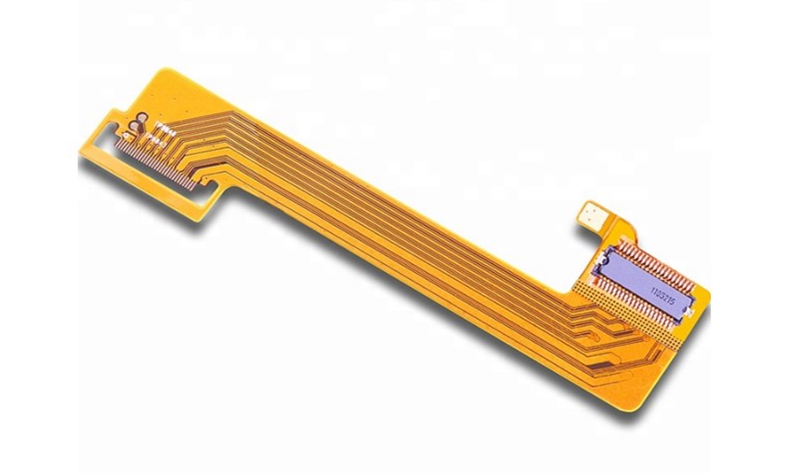
عملية تصنيع الدوائر المطبوعة المرنة
عملية التصنيع التفصيلية
عند البدء في تصنيع الدوائر المطبوعة المرنة، ستختار مادة أساسية، وعادةً ما تكون بوليميد أو بوليستر، لأنها مرنة. ستستخدم تقنيات التصوير الضوئي الدقيقة لنقش الأنماط الدائرية على المادة. ستطبق طبقة حماية لجعلها أكثر متانة. ستقوم بالحفر والطلاء لإنشاء الفتحات التي تربط بين الطبقات المتعددة.
التقنيات الرئيسية في التصنيع
ستستخدم تقنيات متقدمة مثل النقش بالليزر والنقش الكيميائي لضمان دقة عالية وموثوقية. ستطبق معالجات سطحية مثل طلاء النيكل الكيميائي بالغمس في الذهب (ENIG) لضمان توصيلية سطحية جيدة وحمايته من الأكسدة.
كيفية اختيار المصنع المناسب
يعد اختيار المصنع المناسب أمرًا بالغ الأهمية. ابحث عن شهادات مثل ISO 9001 لضمان امتثالهم لمعايير الجودة. تأكد من أنهم قادرون على التعامل مع الدوائر المرنة المعقدة ولديهم التقنيات المناسبة لذلك. اختر المصنّعين الذين يمكنهم دعمك من مرحلة التصميم إلى التسليم، حتى تكون متأكدًا من قدرتهم على تلبية احتياجاتك والالتزام بالجدول الزمني.
عندما تفهم كيفية تصنيع الدوائر المطبوعة المرنة، يمكنك إنتاج دوائر عالية الجودة وموثوقة لتطبيقاتك المحددة. وبهذه الطريقة، تضمن أداءً ممتازًا وعمرًا أطول لمنتجاتك.
الفصل 8
تجميع ودمج الدوائر المطبوعة المرنة
تقنيات واستراتيجيات التجميع
عند تجميع الدوائر المطبوعة المرنة، ركز على الدقة والقدرة على التكيف. استخدم معدات متخصصة تستوعب الخصائص الفريدة للمواد المرنة. قم بتطبيق تقنية التركيب السطحي (SMT) لتعزيز الكفاءة والموثوقية. بالنسبة للمكونات التي تتطلب استقرارًا ميكانيكيًا، فكر في استخدام مواد الحشو السفلي لتقوية التوصيلات.
تحديات الدمج
يواجه دمج الدوائر المطبوعة المرنة في المنتجات النهائية تحديات فريدة بسبب حساسيتها للإجهاد الميكانيكي. تأكد من أن التخطيط مصمم لتقليل الإجهاد عند نقاط الطي. عالج مشكلات تكامل الموصلات في مرحلة التصميم المبكرة لتجنب عدم التوافق بين الواجهات الميكانيكية والكهربائية.
أفضل الممارسات
اعتمد نهج التصميم المعياري حيثما أمكن، مما يسهل اختبار واستبدال المكونات. قم دائمًا بإجراء اختبارات صارمة لقياس المرونة والمتانة في ظل الظروف الواقعية. حافظ على تعاون وثيق بين فرق التصميم والتصنيع لديك لضمان أن تكون الدوائر المطبوعة قابلة للتصنيع وتلبي جميع المتطلبات الوظيفية.
تضمن هذه الاستراتيجيات أن يتم تجميع ودمج الدوائر المطبوعة المرنة بشكل مثالي، مما يجعلها قوية وعملية وجاهزة لتعزيز أداء وموثوقية منتجاتك.

الفصل 9

ضمان الجودة والاختبار
معايير ضمان الجودة
عند تطوير الدوائر المطبوعة المرنة، يكون الالتزام بمعايير ضمان الجودة الصارمة أمرًا ضروريًا. قم بتطبيق معايير مثل IPC-6013 للدوائر المرنة لضمان أن كل دائرة مطبوعة تفي بمعايير عالية من حيث الموثوقية والأداء. تساعد هذه المعايير في توجيه عمليات اختيار المواد والتصميم والتصنيع والاختبار، مما يضمن أن منتجاتك تلبي دائمًا الجودة المتوقعة.
بروتوكولات الاختبار الشائعة
استخدم مجموعة متنوعة من بروتوكولات الاختبار للتحقق من سلامة ووظائف الدوائر المطبوعة المرنة. تشمل الاختبارات الشائعة الاختبار الكهربائي للتحقق من استمرارية الدائرة والعزل، والاختبار الميكانيكي لتقييم المرونة والمتانة، والاختبار البيئي لتقييم الأداء في ظل ظروف درجات الحرارة والرطوبة المختلفة.
تحليل الحالات
راجع بانتظام دراسات الحالات وردود الفعل لتحسين عمليات ضمان الجودة لديك. يمكن أن يوفر تحليل حالات الفشل أو مشكلات الأداء في الدوائر المطبوعة المستخدمة رؤى قيمة حول التحسينات المحتملة في التصميم أو اختيار المواد أو تقنيات التصنيع. يساعد هذا التقييم المستمر في معالجة المشكلات بشكل استباقي وتعزيز موثوقية الدوائر المطبوعة الخاصة بك.
من خلال دمج استراتيجيات ضمان الجودة والاختبار القوية هذه، يمكنك ضمان أن الدوائر المطبوعة المرنة الخاصة بك مصممة لتدوم وتؤدي بشكل استثنائي في التطبيقات المستهدفة.
الفصل 10
الاتجاهات المستقبلية والابتكارات في تكنولوجيا الدوائر المطبوعة المرنة
اتجاهات الصناعة
يتطور قطاع الدوائر المطبوعة المرنة بسرعة، مدفوعًا بالطلب على الإلكترونيات الأكثر كفاءة وتنوعًا. تشير الاتجاهات إلى تحول كبير نحو الاستدامة مع اعتماد مواد وعمليات صديقة للبيئة. بالإضافة إلى ذلك، يدفع انتشار أجهزة إنترنت الأشياء حدود إمكانيات الدوائر المطبوعة المرنة في مجالي الاتصال والوظائف.
التقنيات الناشئة
تعمل التقنيات الناشئة مثل التصنيع الإضافي على إحداث ثورة في إنتاج الدوائر المطبوعة المرنة، مما يتيح تصميمات أكثر تعقيدًا ويقلل من الهدر. كما أن الابتكارات في علوم المواد، وخاصة في الأحبار الموصلة والركائز، تعزز أداء ومتانة الدوائر المطبوعة المرنة في الظروف القاسية.
التطورات المستقبلية المحتملة
في المستقبل، من المتوقع أن تشهد الطباعة ثلاثية الأبعاد تطورات يمكن أن تغير بشكل جذري كيفية ومكان إنتاج الدوائر المطبوعة، مما قد يؤدي إلى تقريب عمليات الإنتاج من المستخدمين النهائيين لتخصيص أسرع. كما أن دمج المستشعرات الذكية مباشرة في الدوائر المطبوعة المرنة يمكن أن يؤدي إلى تطوير إلكترونيات أكثر ذكاءً قادرة على استشعار البيئة والاستجابة لها في الوقت الفعلي.
لا تقتصر هذه الاتجاهات المستقبلية على تحسين قدرات الدوائر المطبوعة المرنة فحسب، بل تفتح أيضًا آفاقًا جديدة لك للابتكار والتفوق في عروض منتجاتك.

تواصل معنا
أين نحن؟
الحديقة الصناعية، رقم 438 شارع دونغ هوان، رقم 438، شاجينغ دونغ هوان، منطقة باوان، شنتشن، قوانغدونغ، الصين
الطابق 4، مبنى زهيهوي الإبداعي، رقم 2005 شارع شيهوان، شاجينغ، منطقة باوان، شنتشن، الصين
الغرفة A1-13، الطابق 3، مركز يي ليم الصناعي، 2-28 شارع كواي لوك، كواي تشونغ، هونغ كونغ
service@southelectronicpcb.com
الهاتف: +86 400 878 3488
أرسل لنا رسالة



